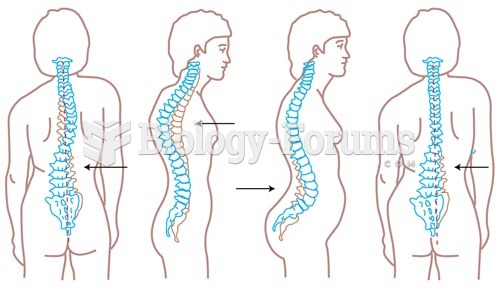S.P. has several risk factors for PAD.
From his history, list two risk factors, and explain the reason they are risk factors.
Question 2
S.P. is a 68-year-old retired painter who is experiencing right leg calf pain. The pain began approximately 2 years ago but has become significantly worse in the past 4 months. The pain is precipitated by exercise and is relieved with rest.
Two years ago, S.P. could walk two city blocks before having to stop because of
leg pain. Today, he can barely walk across the yard. S.P. has smoked two to three packs of cigarettes per
day (PPD) for the past 45 years. He has a history of coronary artery disease (CAD), hypertension (HTN),
peripheral artery disease (PAD), and osteoarthritis. Surgical history includes quadruple coronary artery
bypass graft (CABG 4) 3 years ago. He has had no further symptoms of cardiopulmonary disease since
that time, even though he has not been compliant with the exercise regimen his cardiologist prescribed,
continues to eat anything he wants, and continues to smoke two to three PPD. Other surgical history
includes open reduction internal fixation of a right femoral fracture 20 years ago.
S.P. is in the clinic today for a routine semiannual follow-up appointment with his primary care provider.
As you take his vital signs, he tells you that in addition to the calf pain, he is experiencing right hip
pain that gets worse with exercise, the pain doesn't go away promptly with rest, some days are worse
than others, and his condition is not affected by a resting position.
General Assessment
Weight 261 lb
Height 5 ft, 10 in
Blood pressure (BP) 163/91 mm Hg
Pulse 82 beats/min
Respiratory rate 16 beats/min
Temperature 98.4 F (36.9 C)
Laboratory Testing (Fasting)
Cholesterol 239 mg/dL
Triglycerides 150 mg/dL
HDL 28 mg/dL
LDL 181 mg/dL
Current Medications
Ramipril (Altace) 10 mg/day
Metoprolol (Lopressor) 25 mg twice a day
Aspirin 81 mg/day
Simvastatin (Zocor) 20 mg/day
What are the likely sources of his calf pain and his hip pain?







